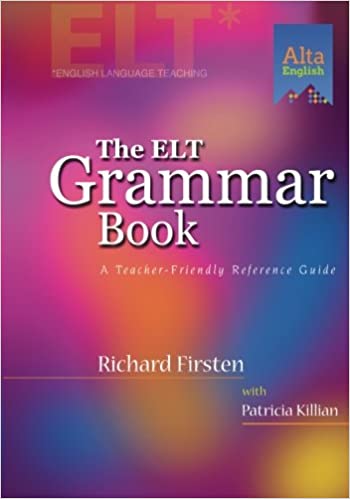You probably already know a lot of helpful grammar terms. In this post, I’m going to assume you know what verbs, nouns, adjectives, adverbs, and prepositions are. You likely also know what a gerund is (a word that has an –ing suffix). And I bet you can distinguish between a subject and an object.
It’s good that you’ve learned these terms. Understanding the language of grammar instruction can help you understand your English teachers and the tutorials on self-study websites like Magoosh. And learning grammar terms in your second language can help you gain a much deeper understanding of reading and writing in any language!
Below, I’ve listed some grammar terms that are a little more complicated than the simpler terms I mentioned in the first paragraph above. Some of these terms may be new to you. Other terms may be ones you think you already know. But do you really fully understand these terms? Read carefully to check your knowledge.
Phrase:
In grammar studies, a phrase is a group of words that work together to perform a certain grammar function. Phrases all have a certain central word, a word that holds the most important meaning in a phrase.
There are three very common types of phrases in English grammar studies. A noun phrase is a phrase that is based on a single noun. (EX: the brown cat, her car, an ant). A verb phrase is based on a verb. (EX: quickly running, climbing up a tree, was looking). And a prepositional phrase revolves around a preposition. (EX: up a tree, into a hole, against the plan).
In these examples, notice that it’s possible for one kind of phrase to be inside another kind of phrase. It’s also possible for a phrase to be just one word. In “Cats chase mice,” cats and mice are one-word noun phrases, and chase is a one-word verb phrase.
Sentence:
This grammar term looks simple, but looks can be deceiving. I’ve found that a lot of my students misunderstand the term sentence, sometimes describing a phrase or paragraph as a sentence.
A sentence is longer than a phrase and shorter than a paragraph. In English writing, a sentence is very clearly defined; a sentence begins with a capital letter and ends with a period. Sometimes there may be other punctuation, such as a question mark (?) or an exclamation point. Read this paragraph carefully, and you’ll see that it has four sentences, including this one.
In formal academic writing, a sentence will always have a subject and predicate. Where this gets tricky is when two sentences are joined together by a semicolon or a conjunction word such as “and” or “but.” Here are two examples:
It was raining; he couldn’t go outside to play.
So he stayed inside; does that mean he didn’t play baseball as planned?
“It was raining” has a subject and predicate. “He couldn’t go outside to play” also has a subject and predicate. The same is true for “so he stayed inside” and “does that mean he didn’t play baseball as planned?” So in the examples above, you might wonder if you’re looking at two sentences, or four.
Linguists could probably have a long debate over exactly how many sentences appear above. But as a learner of English, you can safely treat the two examples above as just two sentences. Let capitalization and punctuation be your guide.
Paragraph and passage:
A paragraph is a group of sentences, put together because they all relate to a main idea. Often—but not always—a paragraph will have a clear topic sentence that expresses the main idea.
Sometimes, a single sentence can be treated as a paragraph, grouped apart from other groups of sentences.
I’ve found that students I work with sometimes refer to a whole paragraph as a “sentence,” or look at a whole paragraph when the instructions on exams like the TOEFL and GRE tell them to just look at a sentence.
Students also occasionally confuse paragraph for passage. A passage can actually be longer or shorter than a paragraph. The term passage simply describes any text a student or test-taker has been asked to read.






Leave a Reply